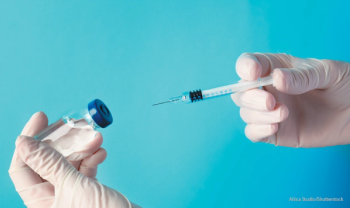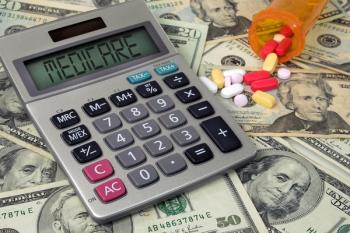
The Future of Referencing Pricing in the U.S.
The United States pays much higher drug prices than other countries. Could reference pricing be the fix?
Compared to some other countries, the U.S. pays three to four times more for drugs, according to a new study.
The Trump Administration has
“We wanted to assess the savings for Medicare Part D-patient administered-drugs,” says Gerard Anderson, PhD, professor in the Bloomberg School’s Department of Health Policy and Management and the study’s senior author.
For the study, published in the May issue of Health Affairs, Anderson and researchers of the Johns Hopkins Bloomberg School of Public Health compared prices across the United States, the United Kingdom, Japan, and the Canadian province of Ontario for 79 top-selling single-source brand-name drugs that had been on the market for at least three years.
Related article:
Before rebates, the findings show average drug prices in the U.S. were 4.3 times higher than prices in the U.K., and 3.8 and 3.4 times higher in Japan and Ontario, respectively. After rebates, the U.S. had average drug prices 3.6 times higher than the U.K., and 3.2 and 4.1 times higher than Japan and Ontario respectively.
“Meanwhile, these three high-income countries pay similar prices for drugs.,” says Anderson. “While prices increase in the U.S., they tend to decrease in other countries.”
Using external reference pricing, or prices based on what other countries pay for drugs, the researchers found that the prices averaged 3.2 to 4.1 times higher in the U.S. than in the comparison countries, after rebates were considered, and the price differential for individual drugs varied from 1.3 to 70.1 times higher.
The drugs covered by the study treat blood clotting, diabetes, with antivirals and immunosuppressants as well as other brand-name blockbuster drugs. Researchers examined drug prices before and after rebates from drug manufacturers and calculated savings based on different assumptions.
“If the U.S. paid the same prices as other countries, the bill for pharmaceuticals would drop by two-thirds,” according to Anderson.
To have the U.S. drug price equal the average price of reference countries, the average rebate in the U.S. would have to be approximately 78%.
There are three things Anderson wants healthcare executives to know about reference pricing:
- Health insurers in high-income countries use external reference pricing as a primary or secondary tool to set drug prices or negotiate the rebate/discount rate. “It is a straightforward and cost-effective tool to contain prescription drug cost,” Anderson says.
- The longer a drug remains on the U.S. market, the greater the differential with other countries. The price often increases in the U.S., while it generally declines internationally.
- The estimated saving to Medicare Part D of adopting external reference pricing was $73 billion in 2018.
Newsletter
Get the latest industry news, event updates, and more from Managed healthcare Executive.



















































